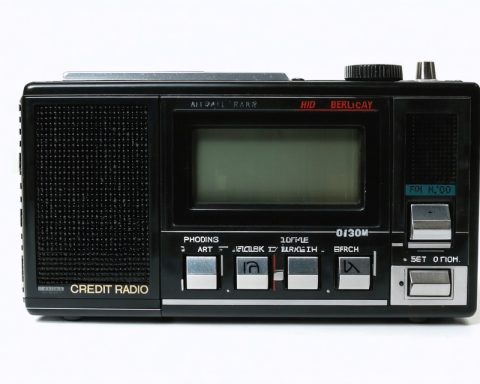Russia’s latest air defense marvel, the S-500 “Triumfator-M,” claims to redefine modern warfare with its remarkable specs and broad target range. Designed to counter diverse threats from hypersonic missiles to stealth aircraft like the F-22 and F-35, the S-500 aims to enhance Russia’s defense paradigm significantly.
Advanced Technology at Its Core: The S-500 embodies Russia’s attritional warfare doctrine, incorporating cutting-edge radar technology that allows it to engage targets up to 372 miles away. This system is engineered to track and neutralize multiple threats simultaneously at blistering speeds, positioning itself ahead of its predecessors, the formidable S-300 and S-400.
Deployment of the S-500 has been limited, with mixed performance reports emerging from engagements in Syria, Crimea, and Ukraine. While it shows promise in protecting vital infrastructure, its capability against modern systems like US ATACMS and Ukrainian drones remains debated.
Strategic Implications: Despite its challenges, the S-500 has piqued international interest, notably from China and India. Its potential export could shift global defense dynamics, presenting a strategic challenge to US air superiority and emphasizing Russia’s influence on anti-access area denial (A2/AD) operations.
While the S-500 portrays an image of futuristic defense capability, questions about its effectiveness in real-world conflicts persist. Whether it evolves into a dominant player in the global arms arena or remains an aspirational innovation will depend on ongoing developments and strategic deployments.
Will Russia’s S-500 “Triumfator-M” Revolutionize Global Defense Systems?
The development of Russia’s S-500 “Triumfator-M” air defense system signifies a potential paradigm shift in military technology. A culmination of advanced radar systems and strategic design, the S-500 is engineered to target and eliminate threats across vast distances, making it a prime contender in modern warfare. Here, we explore various facets of this technological marvel, including comparisons, deployment challenges, and its possible influence on the global arms market.
Cutting-Edge Features and Capabilities
The S-500 stands out for its ability to track and destroy a broad array of threats, from hypersonic missiles to stealth aircraft. Unlike its forerunners, the S-300 and S-400, the S-500 boasts a remarkable range of over 372 miles. This considerable reach incorporates next-generation radar technology designed to simultaneously engage multiple threats at high velocity, potentially making it one of the most formidable defense systems yet.
Deployment Concerns and Performance Reviews
Although the S-500’s capabilities on paper are impressive, real-world tests have presented mixed results. Deployment in regions like Syria, Crimea, and Ukraine has highlighted certain operational challenges, particularly in engaging advanced systems such as the US ATACMS and Ukrainian drones. These instances suggest that while the system has significant potential, its full operational effectiveness requires further assessment.
Pros and Cons
Pros:
– Advanced radar systems with long-range tracking ability.
– Capable of engaging multiple high-speed threats simultaneously.
– Potential to redefine A2/AD (anti-access/area denial) operations.
Cons:
– Mixed performance in live conflict zones.
– Effectiveness against advanced modern missile and drone systems is still under debate.
– Limited proven deployment may impact confidence in international export markets.
Global Strategic Implications
The S-500 has attracted significant interest internationally, particularly from countries like China and India, indicating its potential impact on global defense dynamics. If successfully exported, these systems could alter air superiority equations and establish Russia as a key influencer in anti-access strategies worldwide.
Future Predictions
The future of the S-500 remains dependent on evolving deployment strategies and technological refinements. It has the potential to influence global arms markets profoundly, subject to overcoming current operational challenges and verifying its efficacy under diverse combat conditions. Ongoing innovations and strategic use will determine if it becomes a benchmark in air defense systems or remains an ambitious yet untested claim.
For more insights on defense technologies, visit the Russian News Agency TASS for legitimate updates and analyses.












